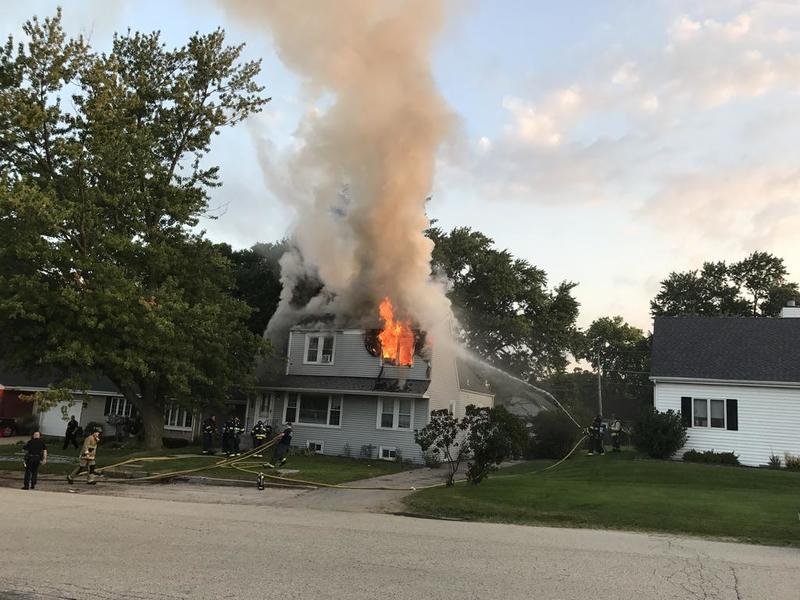
|
|
| As the Mt. Carmel Center burned, a thick and dense column of back smoke rose over the ruins, hundreds of feet in the air. (Photo, Waco Tribune-Herald, Apr 20, 1993.) |
The table below contains photos of fires available on the World Wide Web in April 2018. The first column contains news photographs of the Mt. Carmel fire. The second column contains news photographs of petroleum fires. The third column contains news photographs of ordinary house fires. All are from accredited sources.
Observe that the smoke from house fires (in daylight) ranges from light gray to dark brown. Petroleum smoke is more voluminous and thicker, an opaque inky black plume. These pictures of the Mt. Carmel fire suggest that a large quantity of petroleum was burning, possibly as an accelerant to start the fire and ensure complete destruction of the ruins.
Photos of the Mt. Carmel Center fire show a huge fireball and thick, voluminous, inky black smoke. Neither the fireball nor the color of the smoke is consistent with a burning residential wooden building made of plywood, as was the Mt. Carmel Center. As the fire burned down, the smoke became less black and more closely resembled the gray smoke of a normal house fire.
Is the smoke in Column A more like the smoke in Column B or the smoke in Column C? Click on an image to display it full size, as may be necessary to appreciate the color and character of the smoke.
Worth noting, though some of the officials were experts on arson, and some of the news media commentators had extensive experience with fires of various types, none commented on the odd quality of the smoke over Mt. Carmel.
Hundreds of gallons of petroleum would be required to produce the huge column of thick, black smoke that arose from the Mt. Carmel Center fire.
Photographic Evidence of Burning Petroleum
Click on an image to see it full size.
| A Mt. Carmel fire |
B Petroleum fires |
C House fires |
|---|---|---|

. "Survivors of 1993 Waco siege describe what happened in fire that ended the 51-day standoff." ABC News, Jan 3, 2018 |
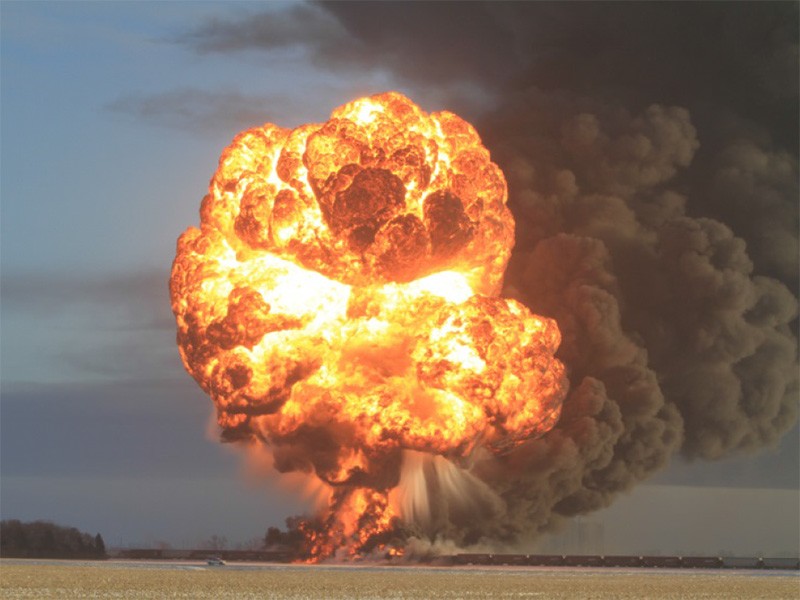
. "Fears Ramp Up As Oil Rolls into Albany." EarthJustice, Feb 14, 2014 |
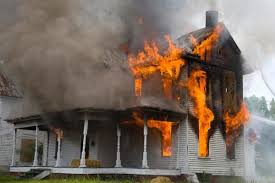
. "Top Reasons for House Fires." Corley Home Inspections, Feb 17, 2017 |
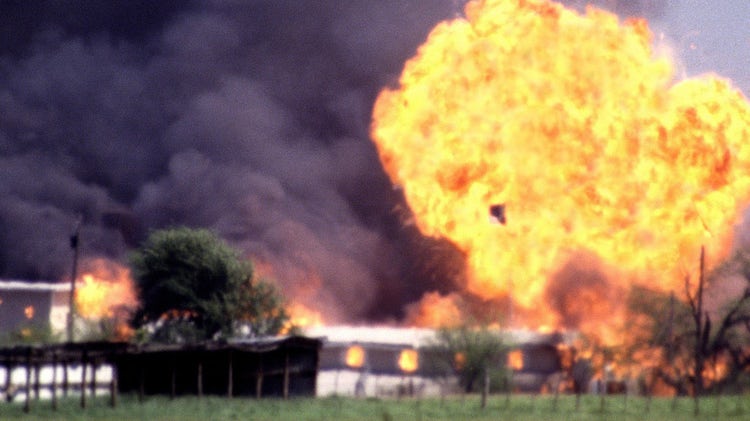
. "Debates Still Rage 25 Years Later Over Who's to Blame for the Waco Siege." In Touch Weekly, Jan 6, 2018. |
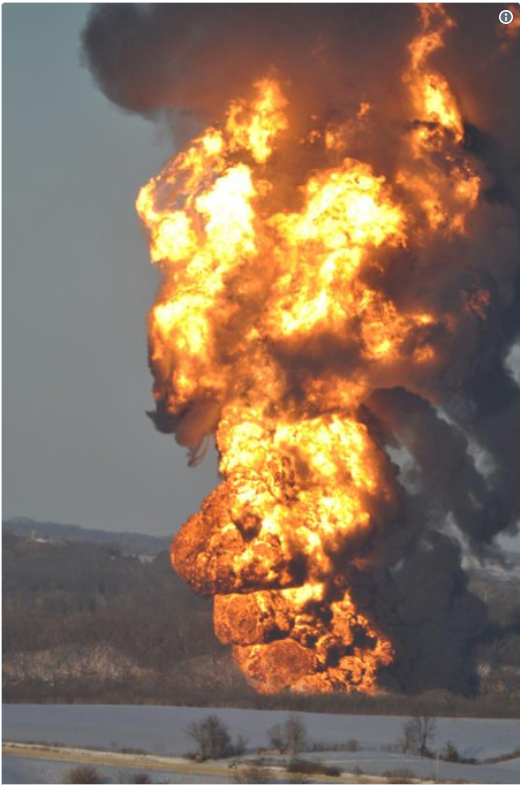
. "Evacuation put in place after train derails near Galena, Illinois." WQAD, Mar 5, 2015 |
. "Jogger alerts resident to McHenry house fire; home left uninhabitable." Northwest Herald, Aug. 17, 2017 |
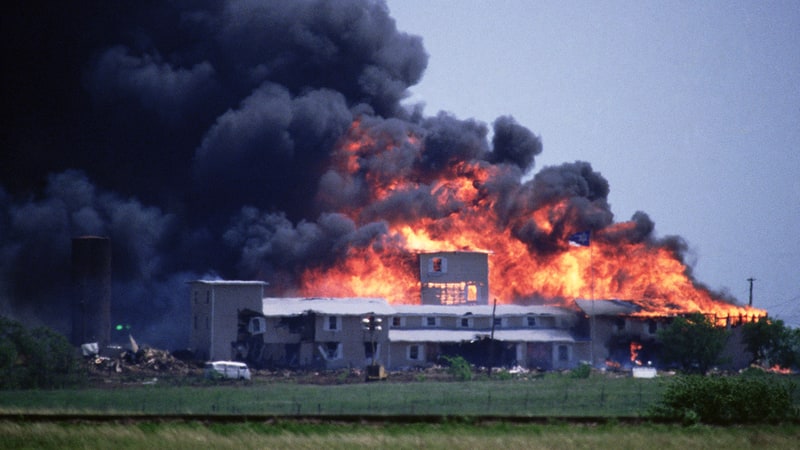
. "Flashback: Waco Cult Showdown Ends in Disaster." Rolling Stone, Jan 4, 2018 |
![[Minneapolis] Star Tribune, May 7,
2015](KX%20News,%20May%206%202015.jpg)
. "North Dakota oil train derailment, town evacuation restart rail safety debate in Minnesota." [Minneapolis] Star Tribune, May 07, 2015 |
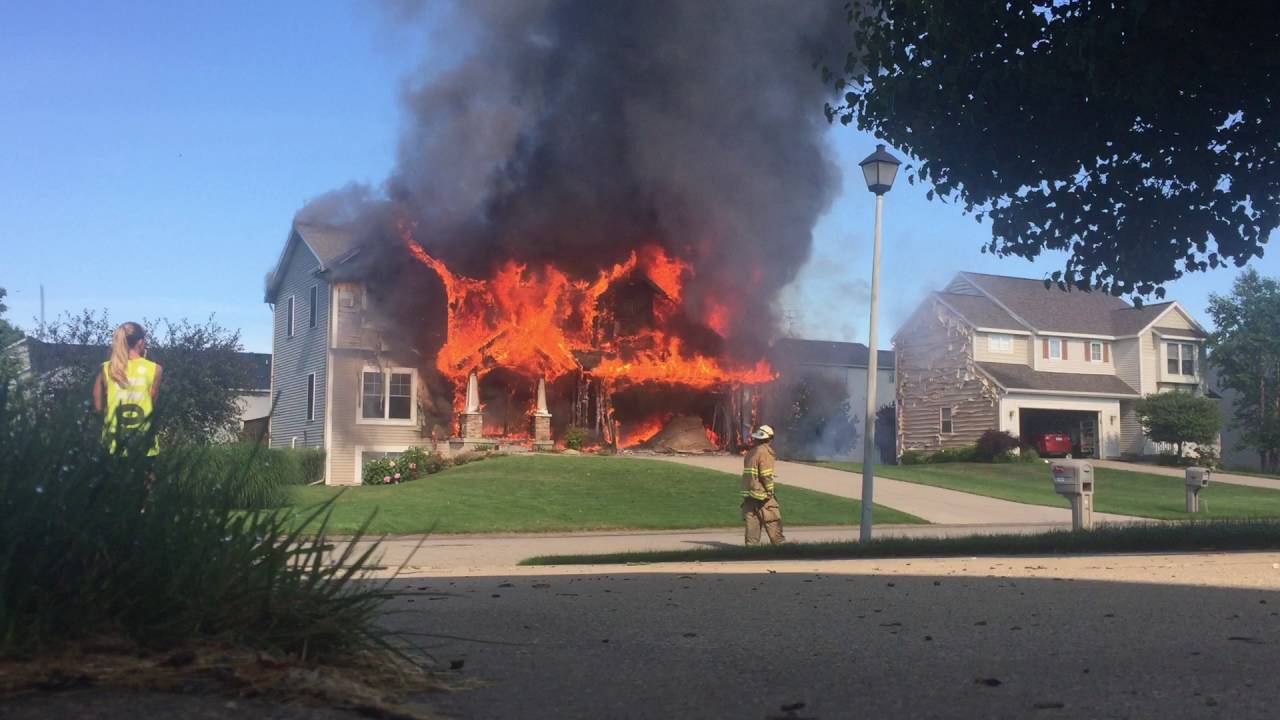
. "Family escapes Georgetown Township house fire." WZZM13, July 23, 2016 |

. "Black Monday: More than 80 feared dead in compound blaze." Waco Tribune-Herald, Apr 20, 1993 |
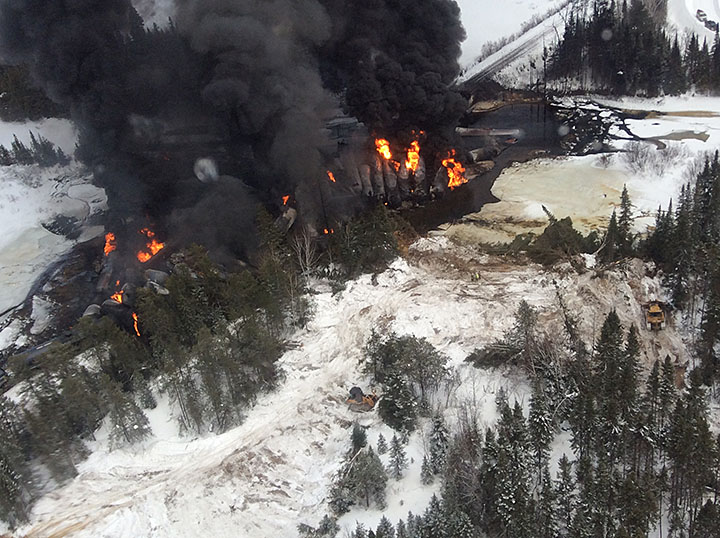
. "Railway Investigation R15H0021: Derailment and fire of second Canadian National crude oil train near Gogama, Ontario." Transportation Safety Board, March 7, 2015 |
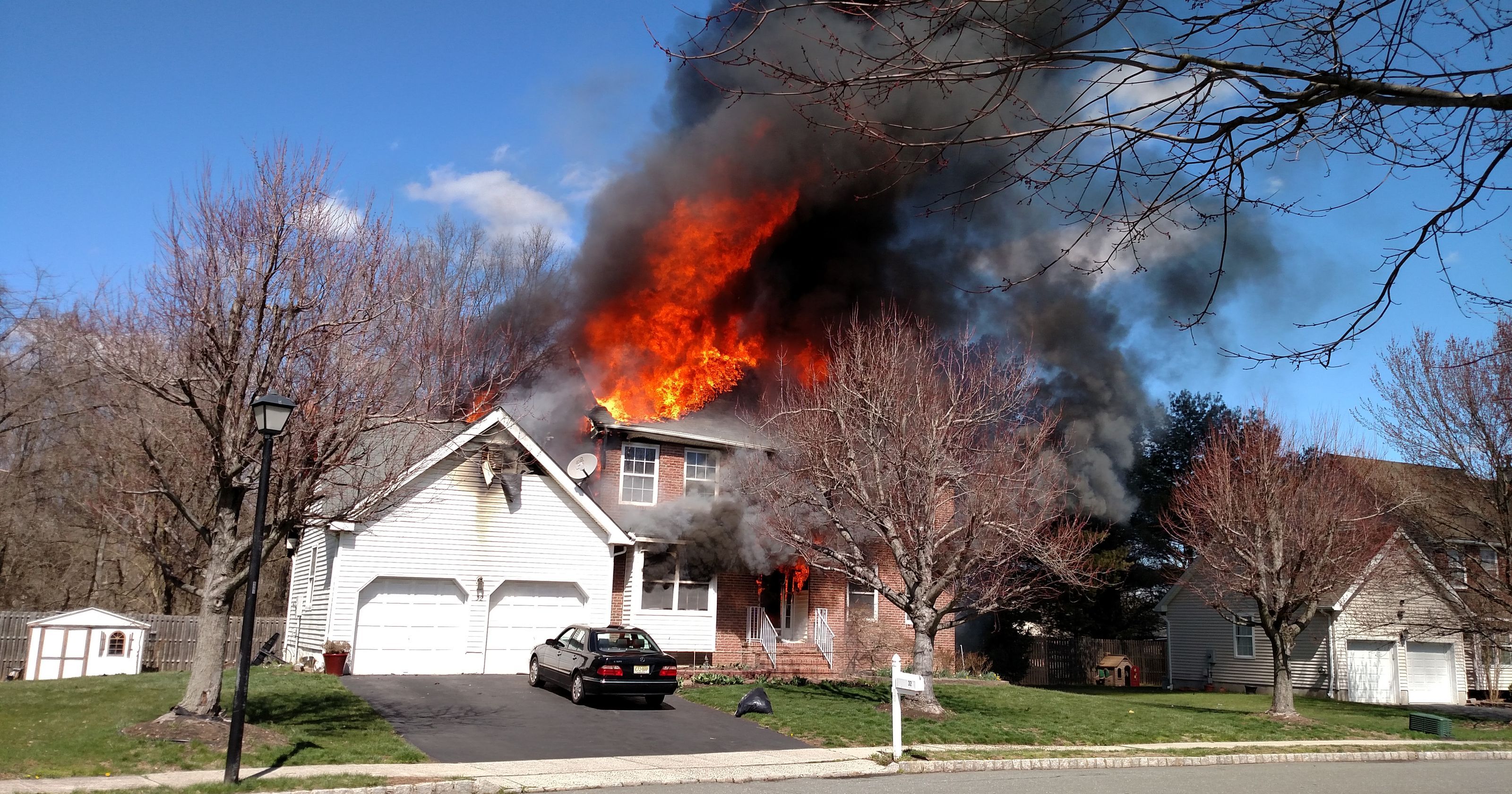
. "Dog dies in Hillsborough house fire." MyCentralJersey, Apr 6, 2017 |
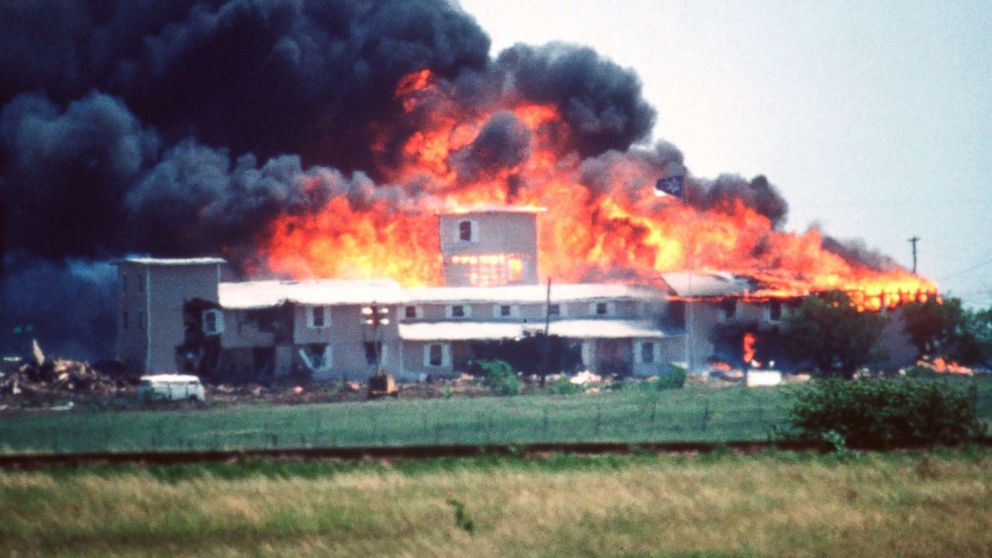
. "Survivors of 1993 Waco siege describe what happened in fire that ended the 51-day standoff." ABC News, Jan 3, 2018 |
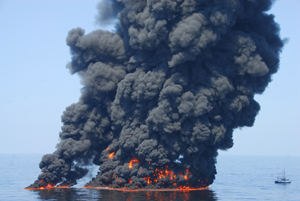
. "NOAA researchers release study on emissions from BP/Deepwater Horizon controlled burns." National Oceanic and Atmosphere Administration, Sep 20, 2011 |
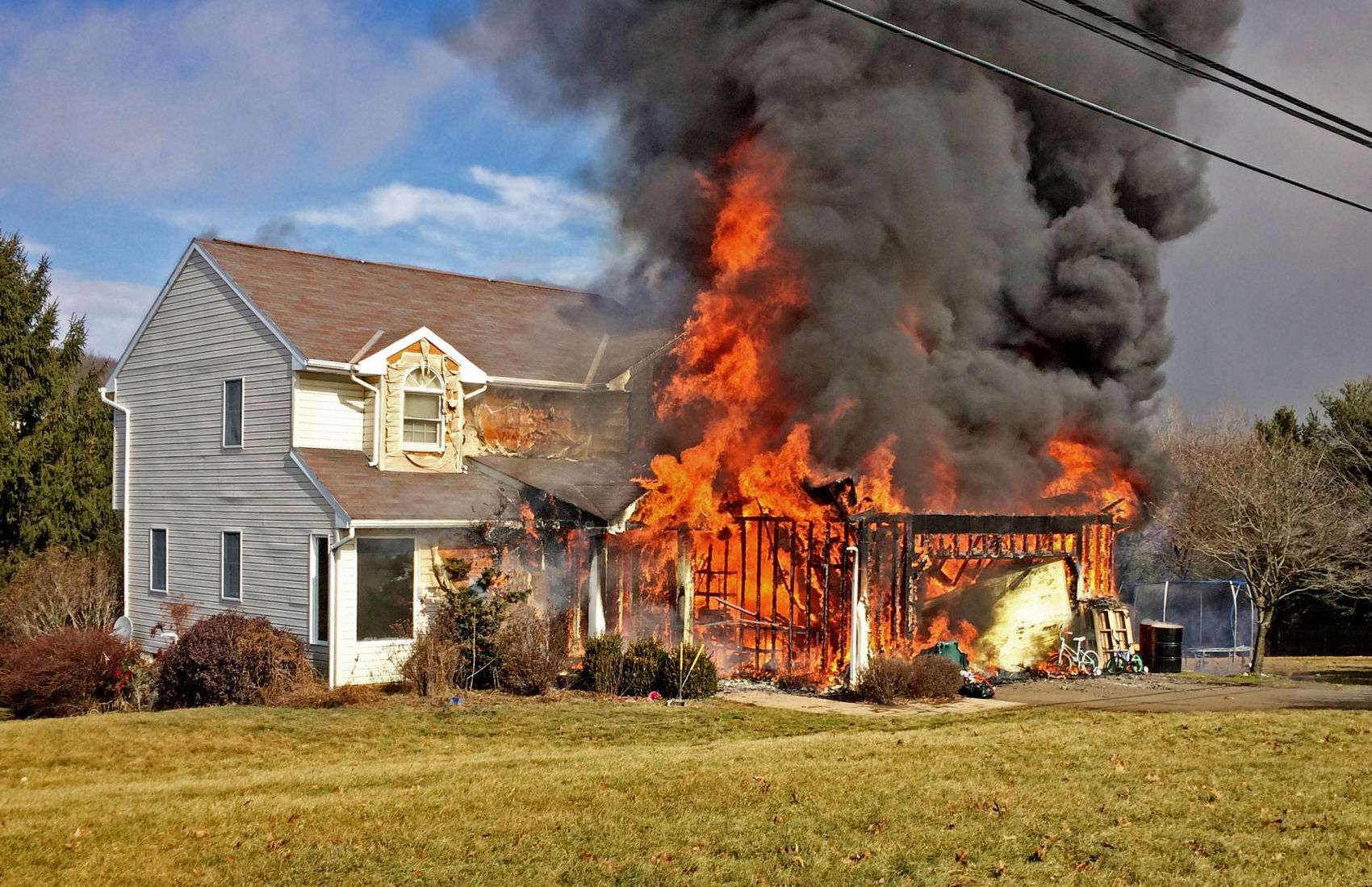
. "Smoke visible a mile away from 2-alarm Martic Township house fire." Lancaster Online, Feb 20, 2018 |
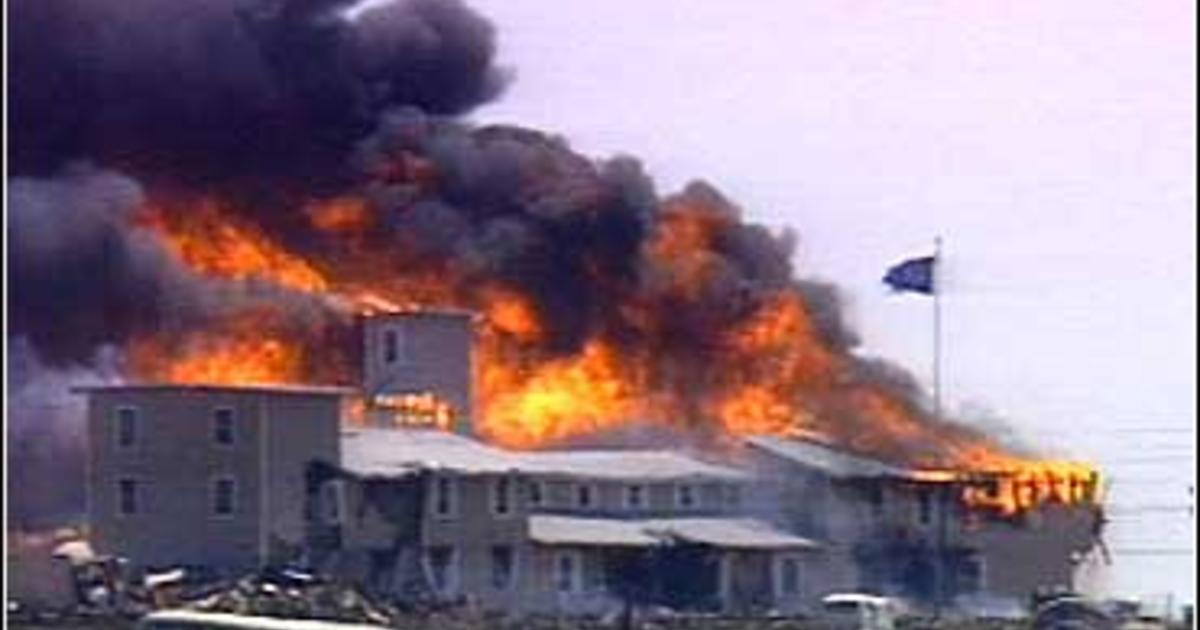
. "What Really Happened at Waco." CBS News, Jan 25, 2000 |
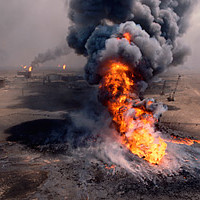
. "Towering Infernos — The Kuwait Oil Fires." Association for Diplomatic Studies and Training |
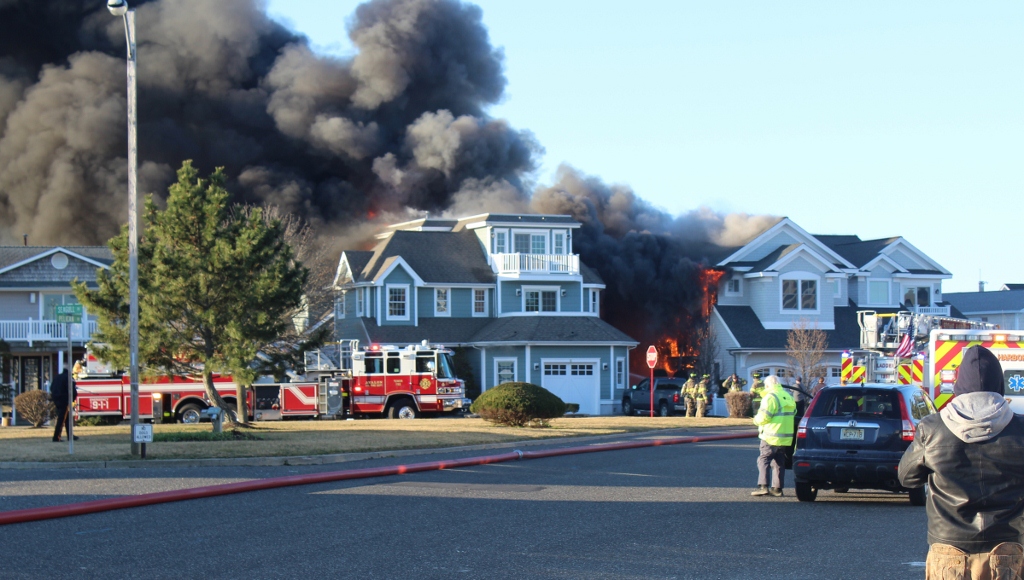
. "Avalon House Fires March 17 early stages." Avalon Borough, March 17, 2018 |

. "Waco siege|History, Leader, and Facts." Britannica |
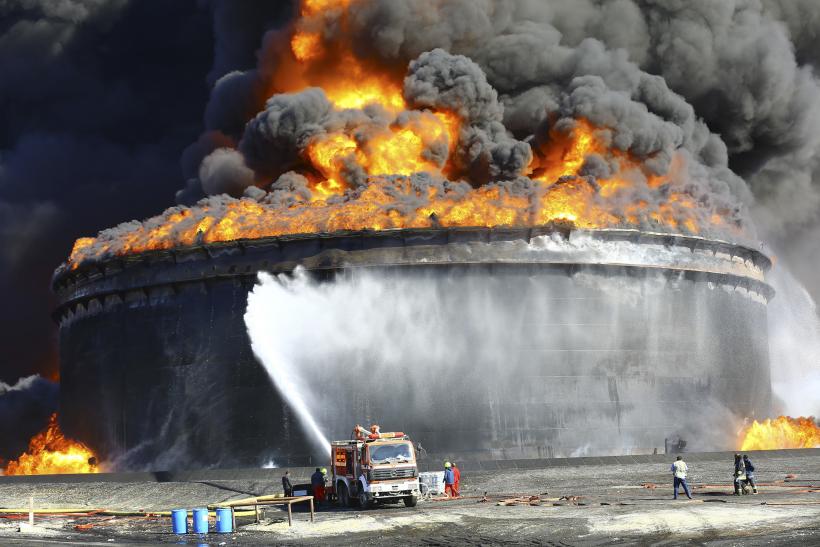
. "ISIS In Africa: After Islamic State Attack, Libya's National Oil Company Issues 'Cry For Help.'" International Business Times, Feb 2, 2018 |
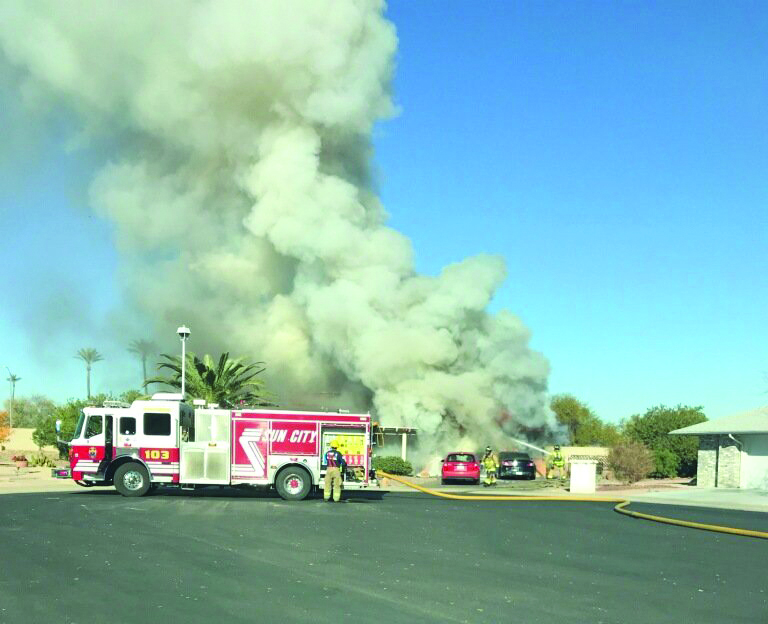
. "Nearly 1 of 4 people who died in January house fires were 65 or older." Your Valley, Feb 2, 2018 |

. "10 Things You May Not Know About Waco." PBS, Feb 28, 2018 |
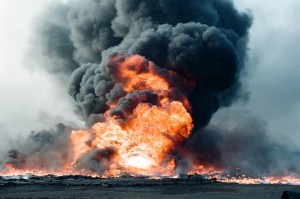
. "Notes from a Small Planet: War as an Environmental Plague." Jewish Currents, 2018 |
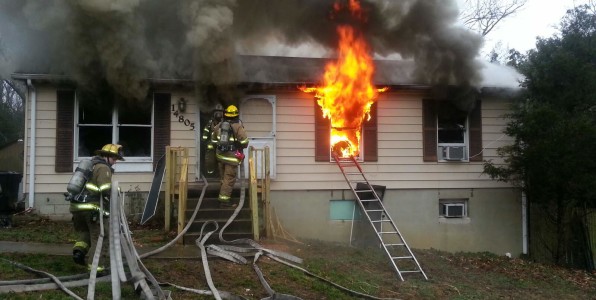
. "House Fire Damage Cause and Prevention." Gregory Restoration, June 17, 2014 |
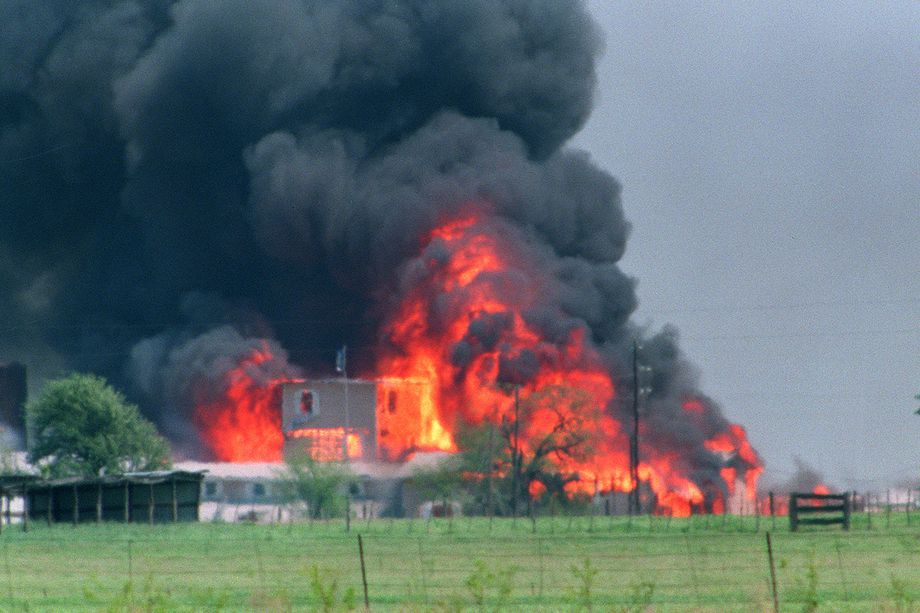
. "Waco and Ruby Ridge: the 1990s standoffs haunting the Oregon takeover, explained." Vox, Jan 5, 2016 |
%202012.jpg)
. "Two-Year Anniversary of the Gulf Coast Oil Spill." ABC News, (undated) 2012 |
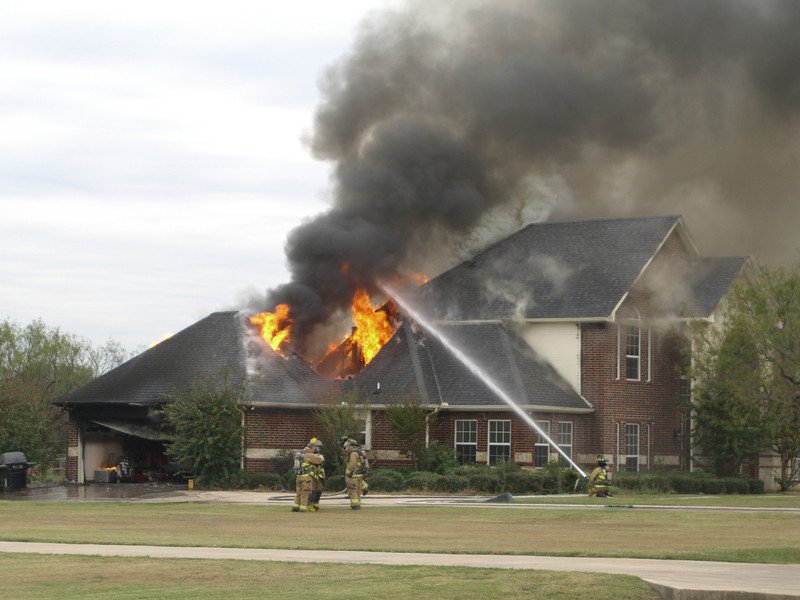
. "Adjusting Residential House Fires." International Risk Management Institute, Inc. |
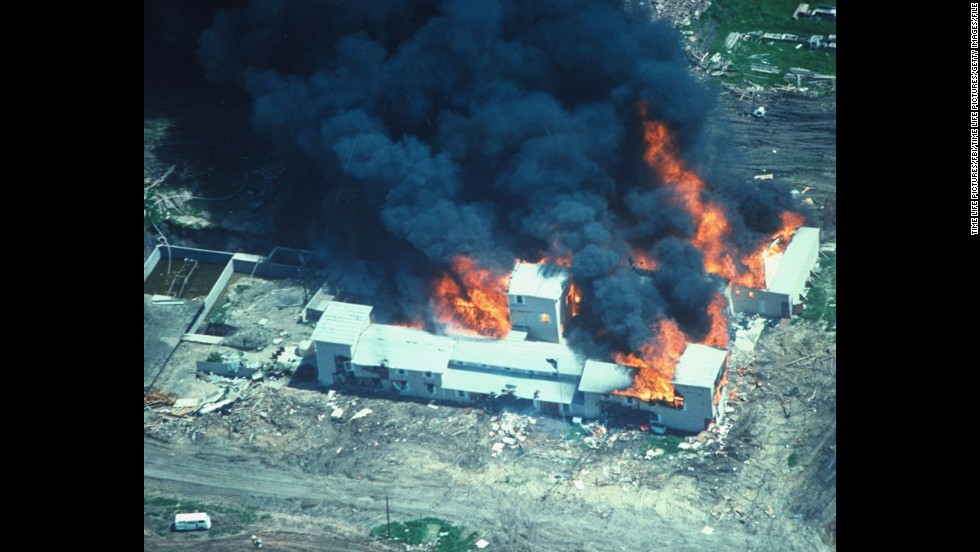
. "Waco," CNN, August 7, 2013 |
||
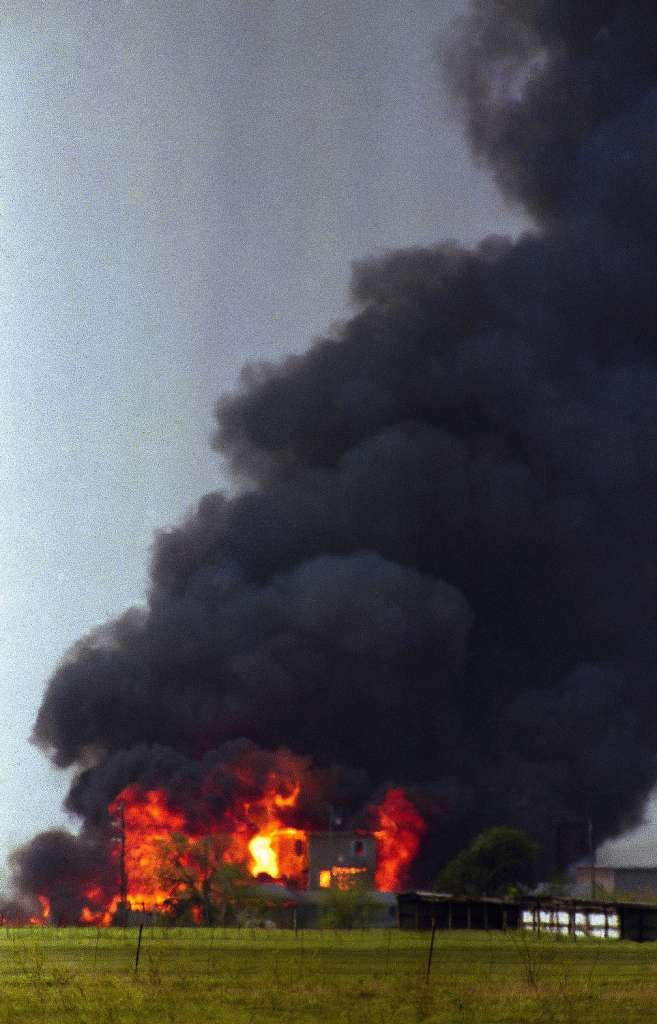
. "25 years later, a look back at the Waco siege and Branch Davidians," Houston Chronicle, Jan 10, 2018 |
||

|
||

. Poster sponsored by Department of Justice at the Congressional Joint Hearings into the Waco catastophe in 1995. The Judiciary Subcommittee on Crime and the Government Reform and Oversight Subcommittee on Criminal Justice held joint hearings beginning July 19. The Senate Judiciary Committee held two days of hearings Oct. 31 and Nov. 1 |
